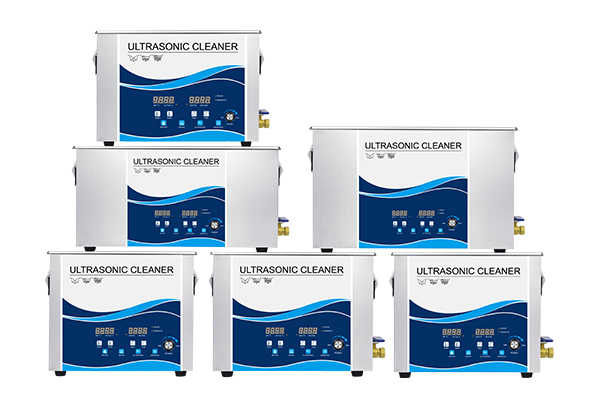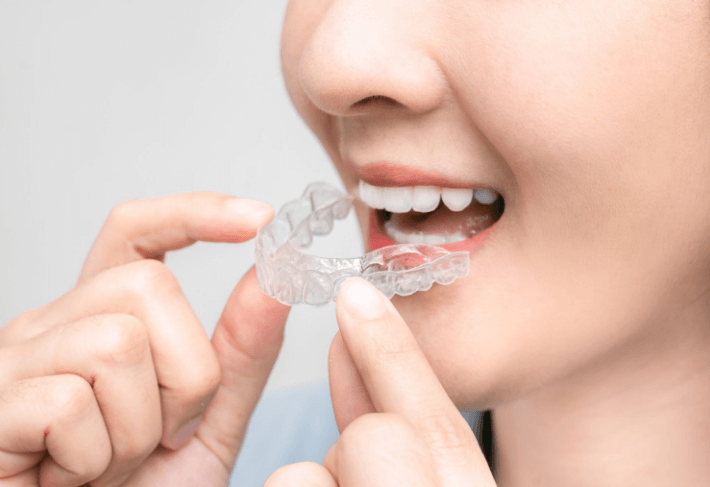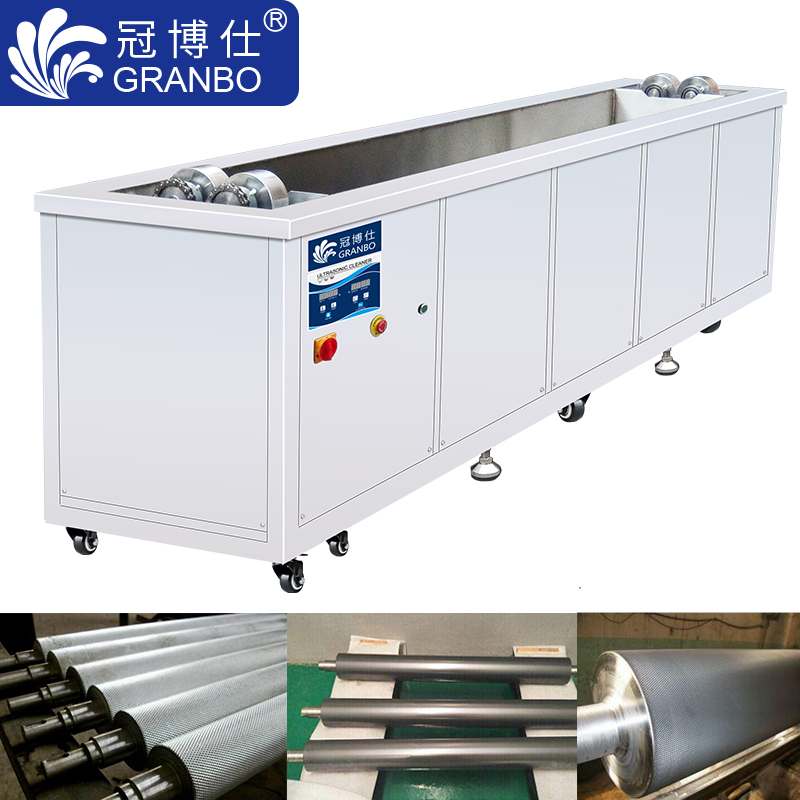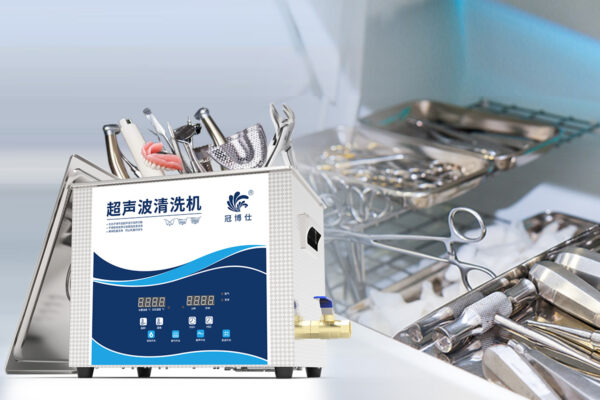Watch and meter parts, most of them are made of cases, straps, mounting plates, gears, racks, hairsprings, bores and other fine precision parts combination, the quality of the instrument in addition to manufacturing accuracy, its metal surface wear resistance, decorative, surface coating pre-treatment cleanliness is also an important indicator of quality. To ensure the quality of the overall product, the parts must be cleaned strictly. In the traditional cleaning process, organic solvents are generally used as cleaning agents, but organic solvents have the disadvantages of flammability, toxic, poor rust resistance, high cost, pollution of the environment, especially in the case of high air humidity, after organic solvent cleaning, parts are very easy to produce rust spots. Therefore it is very important to choose a reasonable cleaning process and a suitable cleaning agent.
Watch and clock cleaning characteristics
The main pollutants of watch parts are processing oil, polishing paste, hand sweat, dust, metal micro particles. Among them, polishing paste is more difficult to clean, it contains stearic acid, cleaning temperature should be higher than 60 ℃ or more.
Watch parts are relatively small, with more gears, racks and small holes and shafts, and higher precision requirements.
The cleaning solution can be water-based or solvent-based. The water-based type should pay attention to rust prevention, especially in the drying process after cleaning. Cleaning are generally used ultrasonic assisted cleaning, otherwise in the small hole, small gear slit, the inner hole dirt is not easy to wash.
Because the workpiece is tiny, cleaning basket commonly used stainless steel wire mesh pocket, ultrasonic cleaning from the top down radiation, plus micro-throwing, to avoid the fine mesh on the ultrasonic shielding
Watch cleaning fluid selection
Water-based cleaning solution + surfactant: mainly through the surfactant, reduce the surface tension of the aqueous solution, with wetting, emulsification, dispersion and solubilization and other physicochemical effects to achieve the purpose of decontamination, suitable for most of the oil cleaning.
Solvent cleaning agent: here refers to petroleum hydrocarbons, halogenated hydrocarbons, as well as alcohols, ethers, esters with the ability to dissolve oil organic solvents. For example, alternative ODS solvents such as nPB (nPB), AK-225, hydrocarbon solvents.




